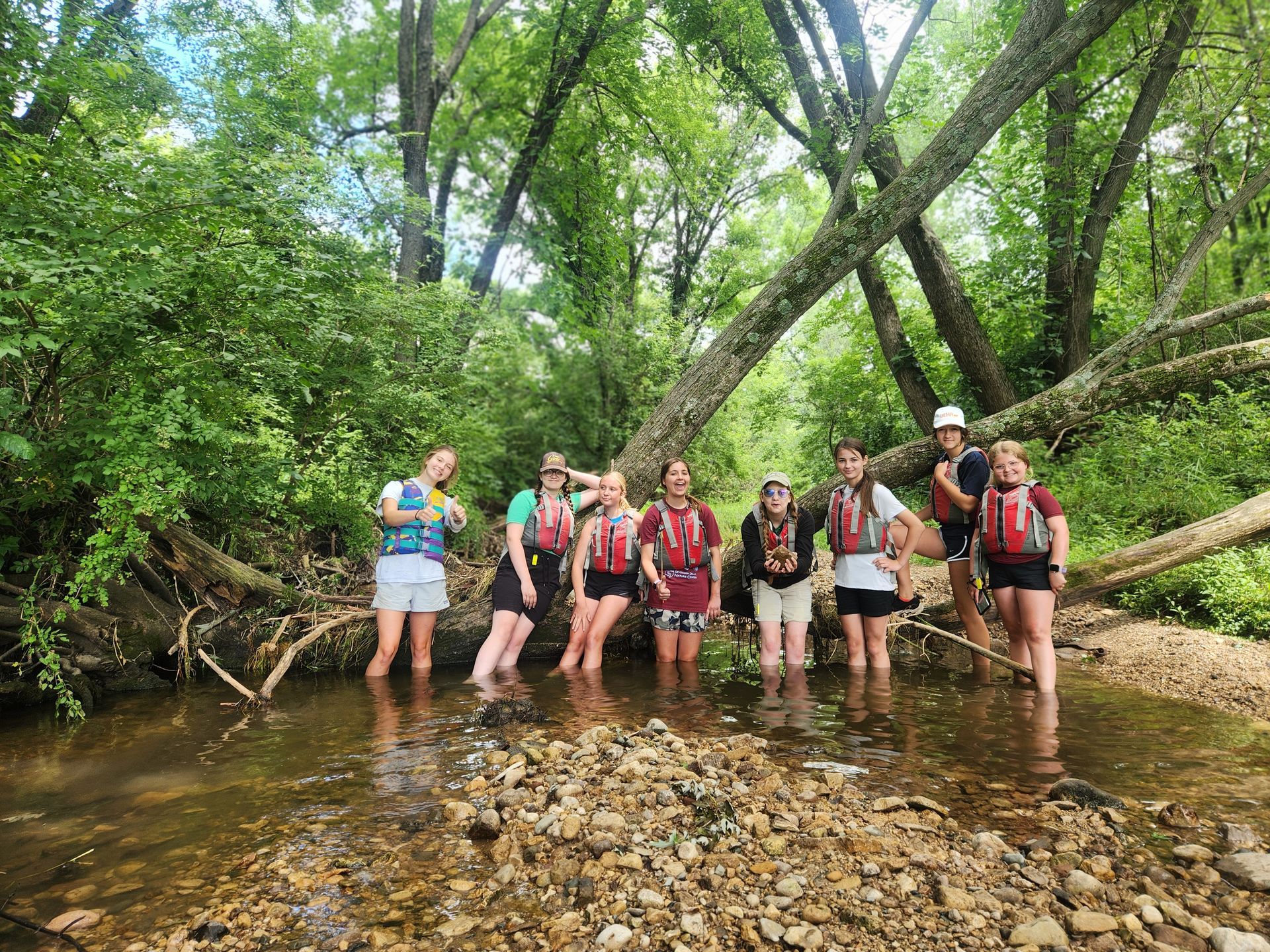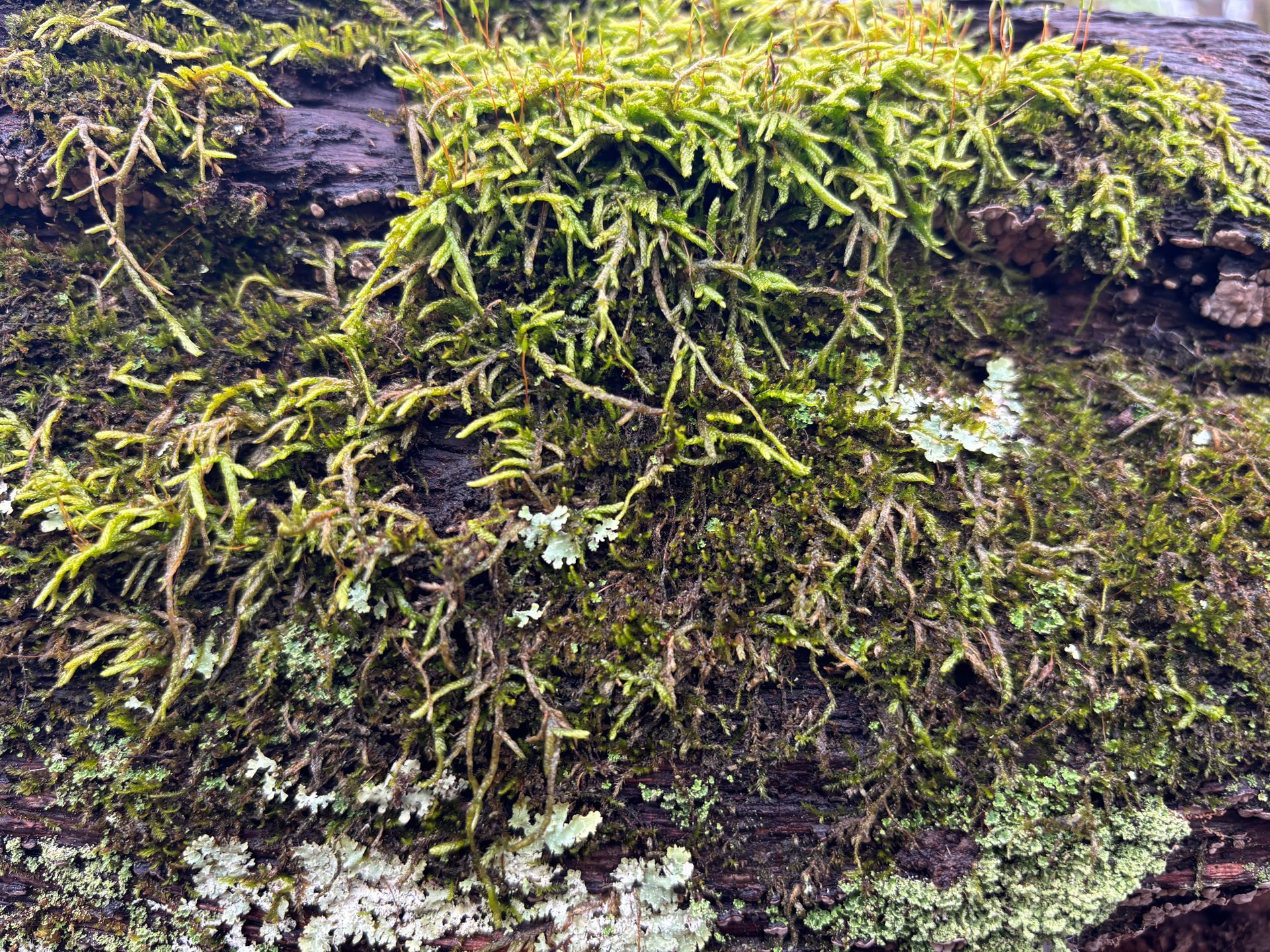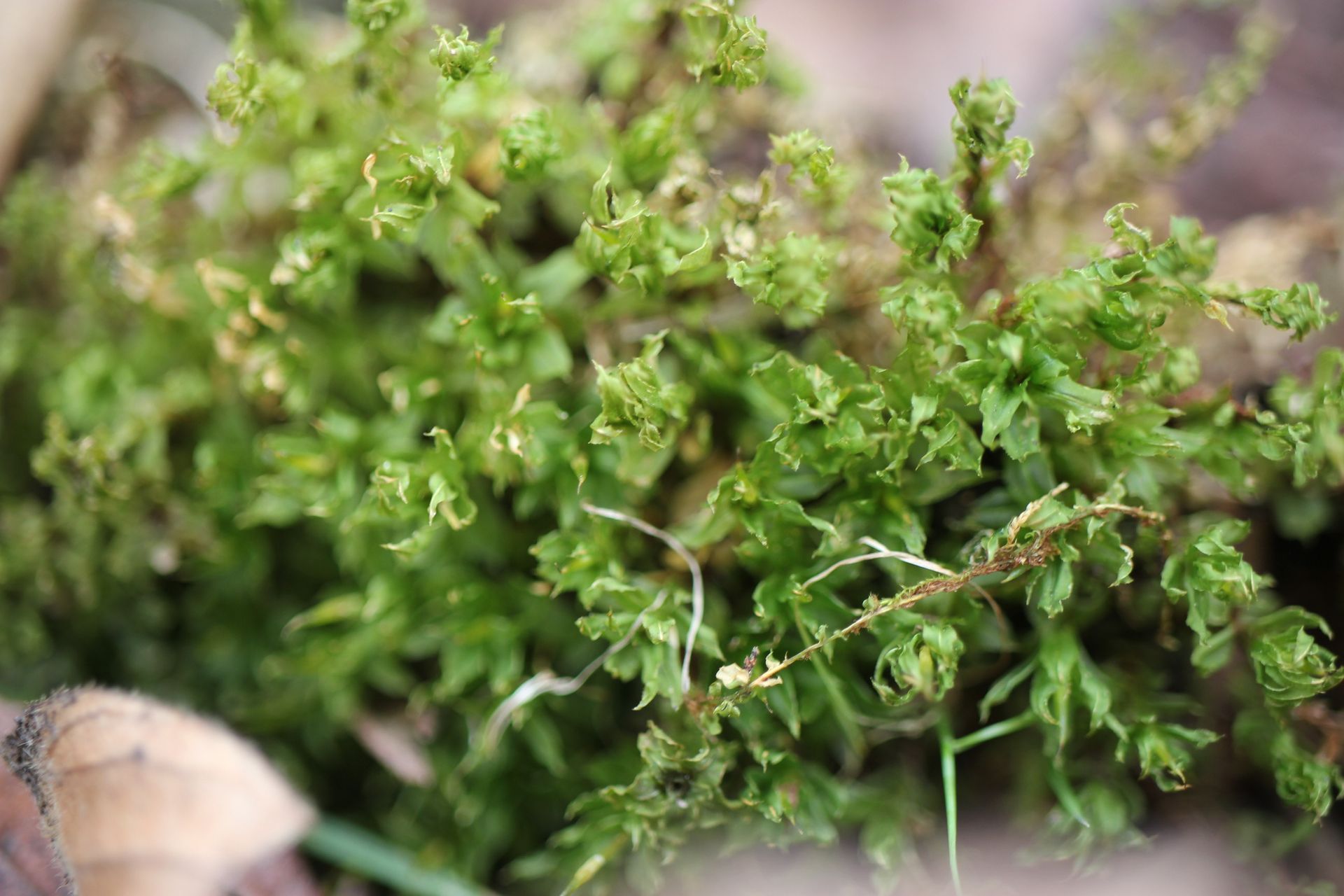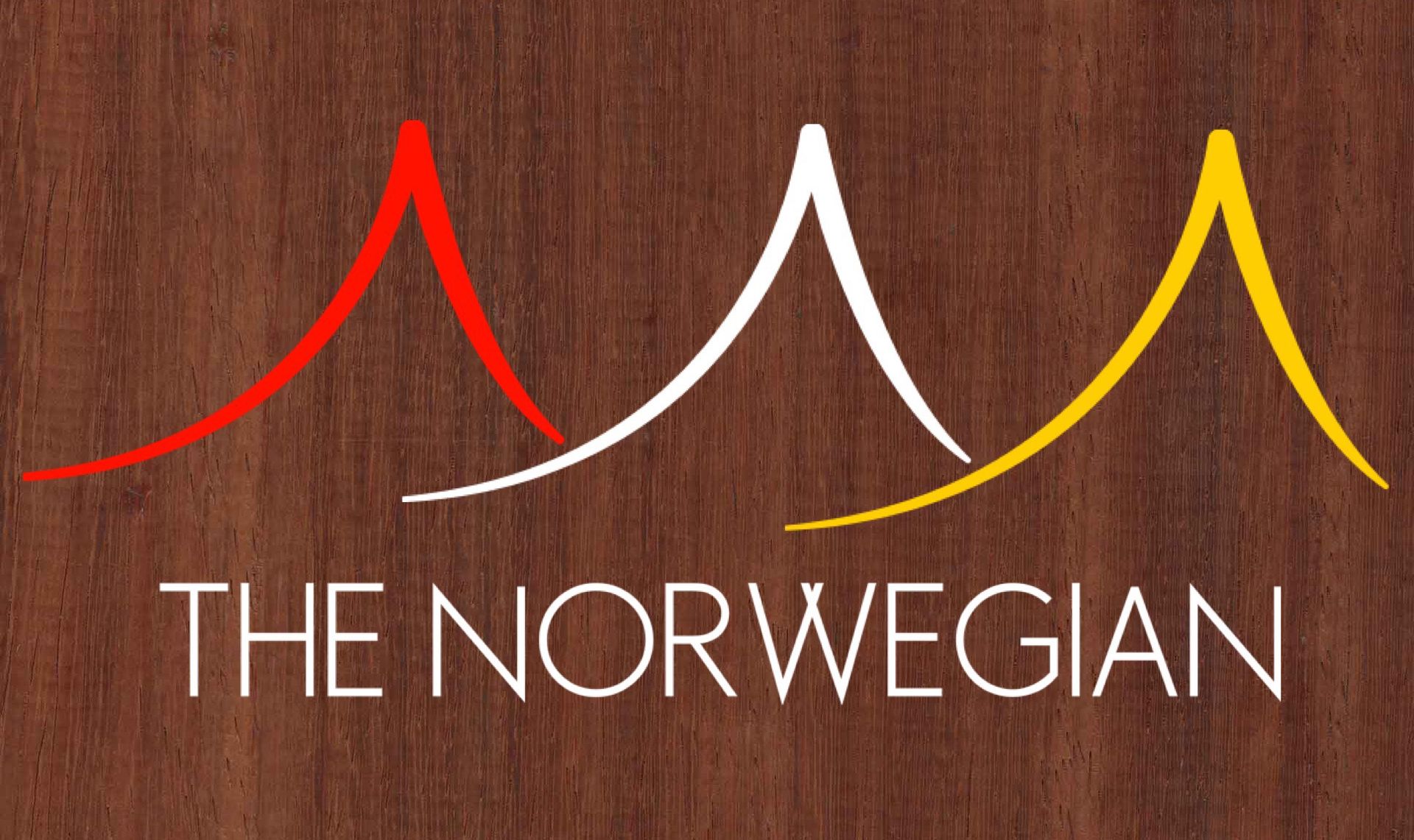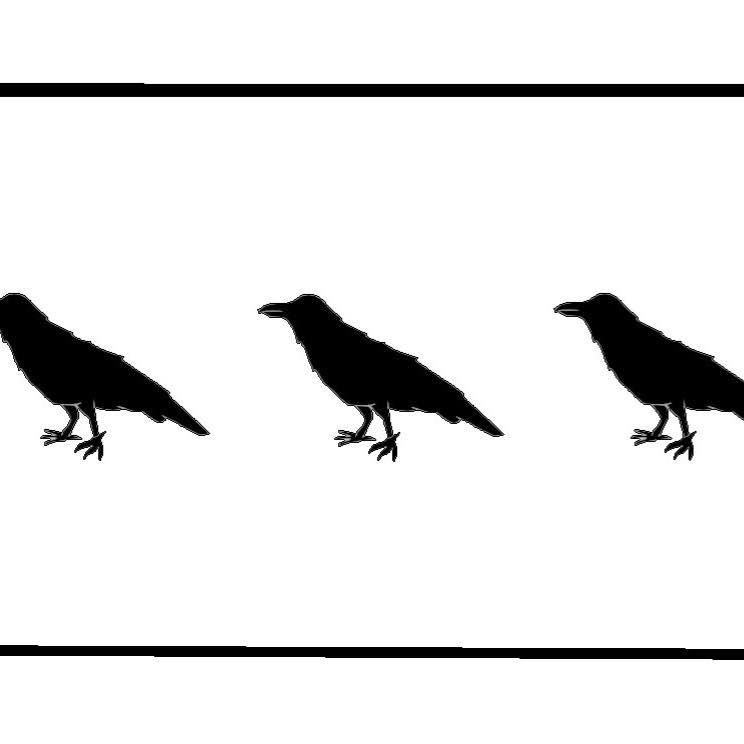FIELD NOTES BLOG
Explore through Movement and Play in Nature
Movement and play help keep our children active and healthy while aiding in meeting developmental milestones. Learning to use their bodies is essential for long term success. Nature itself is a powerful teacher that will help their strength, coordination and fine and gross motor skills. The open-ended learning that is available to children out in nature is so valuable. Playing is frequently just kids navigating and problem-solving the world around them.
For Infants (0-12 Months):
Moving your usual movement activities outside is a great way to embrace nature. If your baby does tummy time, try doing this outside on a blanket. Allow them to explore the grass and plants around them. Use objects to play search and find. Mix in natural objects with their favorite toys to spark their interest. All of these add another interesting element to their normal schedules to learn and develop more from. Listening to birds, smelling flowers, and gazing at the clouds are many new experiences that infants can't get inside. All of these empower infants to continue to learn and develop with these new experiences.
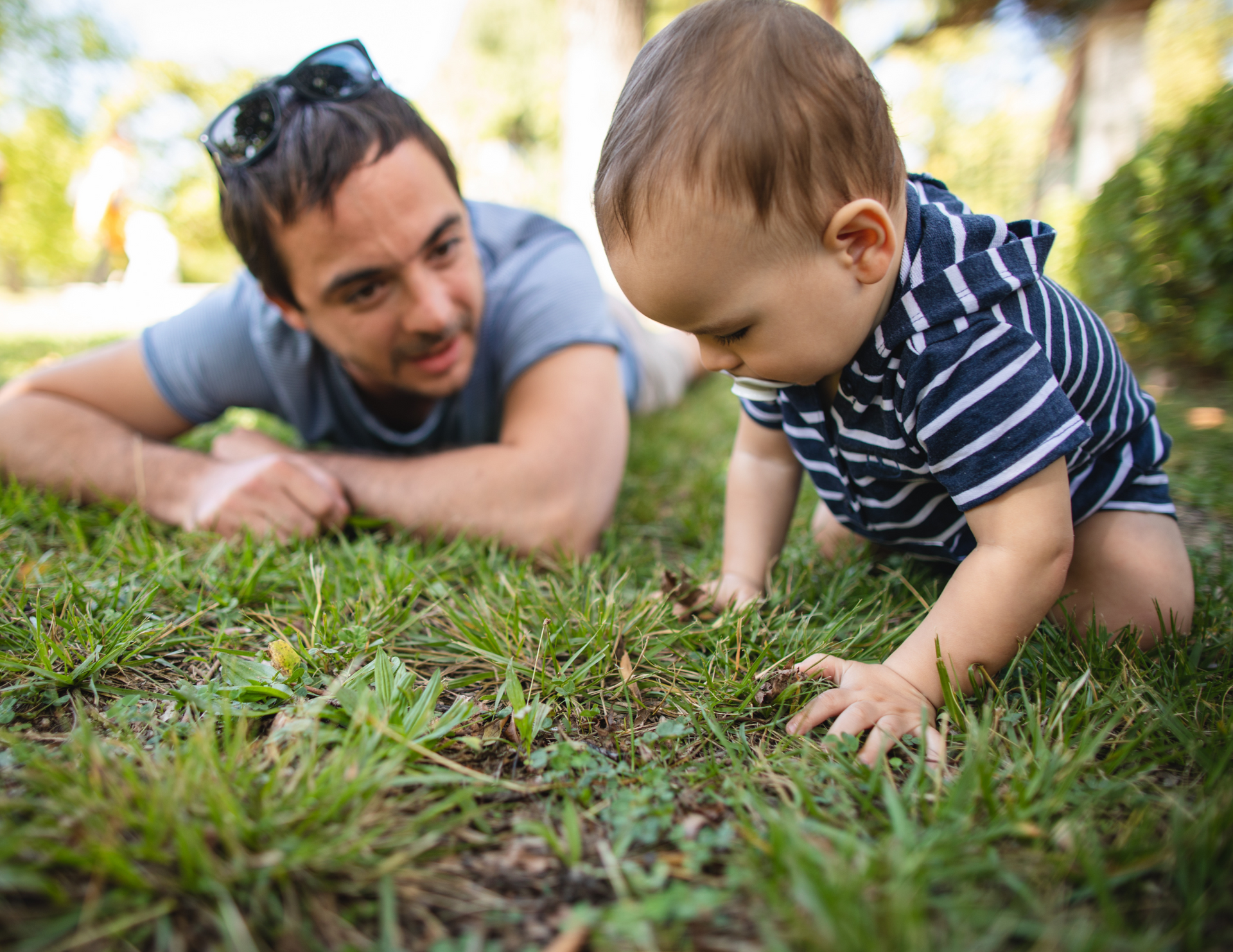
For Toddlers (12-36 Months):
For toddlers, allow them to enhance their problem solving skills through movement. One way you can do this is by making a simple obstacle course! Whether it is in your yard, neighborhood park, or other natural area, take a few natural materials like sticks and rocks and create an obstacle course. Allow your child to problem-solve their way through this course. They may make mistakes, but that is ok! Uneven terrain of natural spaces can help increase coordination and strength, both mentally and physically. For older toddlers, you may want to try allowing them to climb on small rocks and logs, as their strength, balance and coordination allow. These types of small challenges continue to improve their physicality, but will also improve their confidence as they continue to challenge themselves with your support.

Another method for engaging in movement and play is taking a walk, allowing your toddler to set the pace. Watch them stop to examine rocks, bugs, or plants. The action of gently picking up small objects helps hone their fine motor skills. Talk to them about what they see, get them to put words to their thoughts, reasons to their actions, experiences to their memories.
If you are looking for a good bridge from the built environment to the woods to explore nature with your toddler, nature playscapes are a great spot to help build your toddler’s comfort and confidence in nature. At Severson Dells, there is The Grove , but if you are traveling Nature Explore has a comprehensive list of certified nature playgrounds for you to venture to.
Allowing your child to explore nature through movement and play will help them flourish, both mentally and physically. Have fun and enjoy all the benefits that you will reap from time outside with your child!

RECENT ARTICLES
